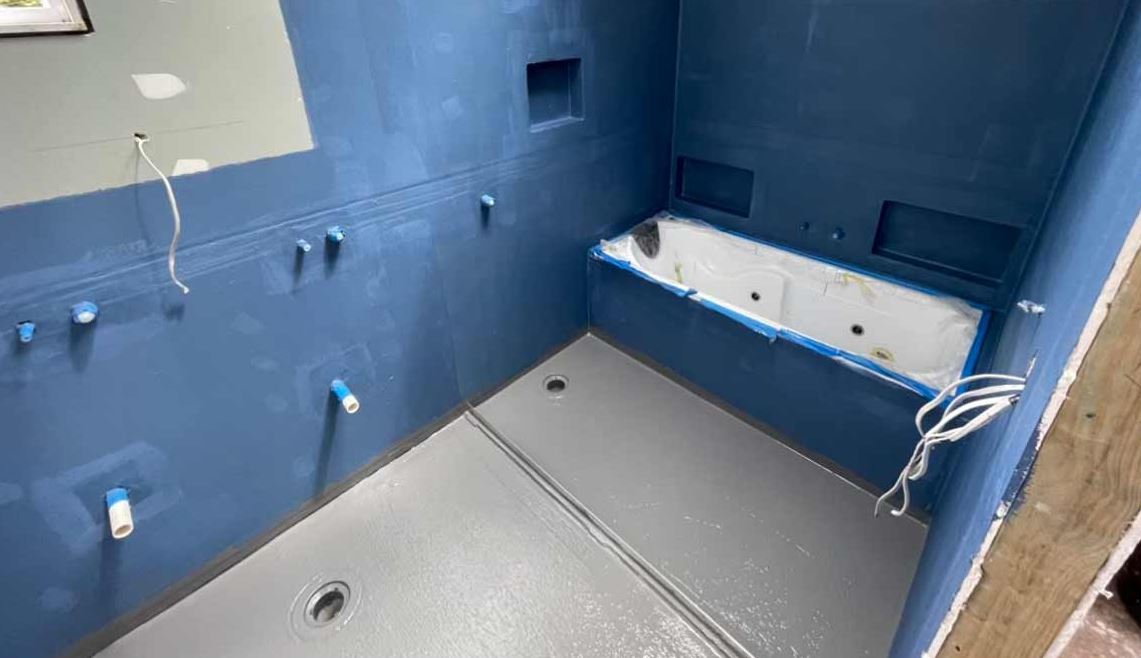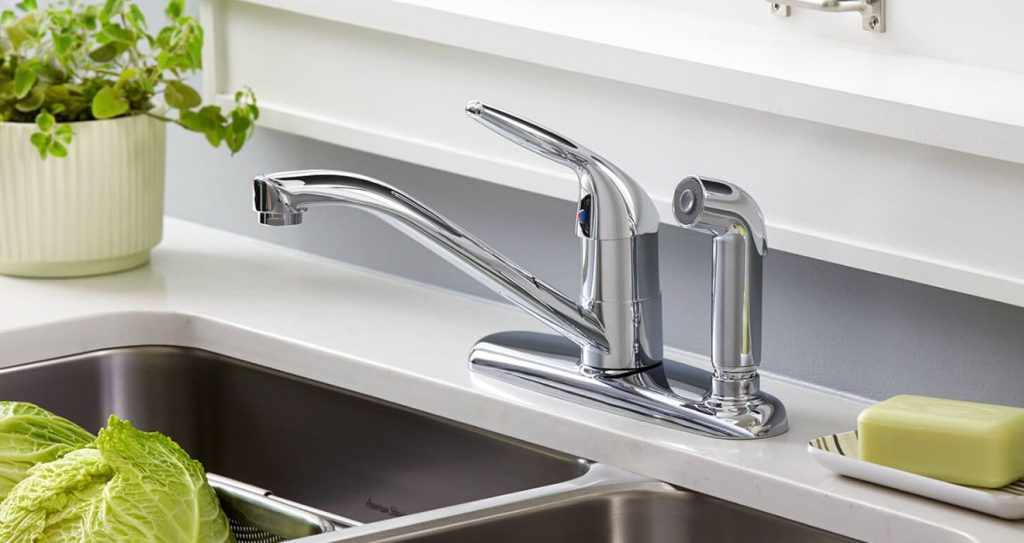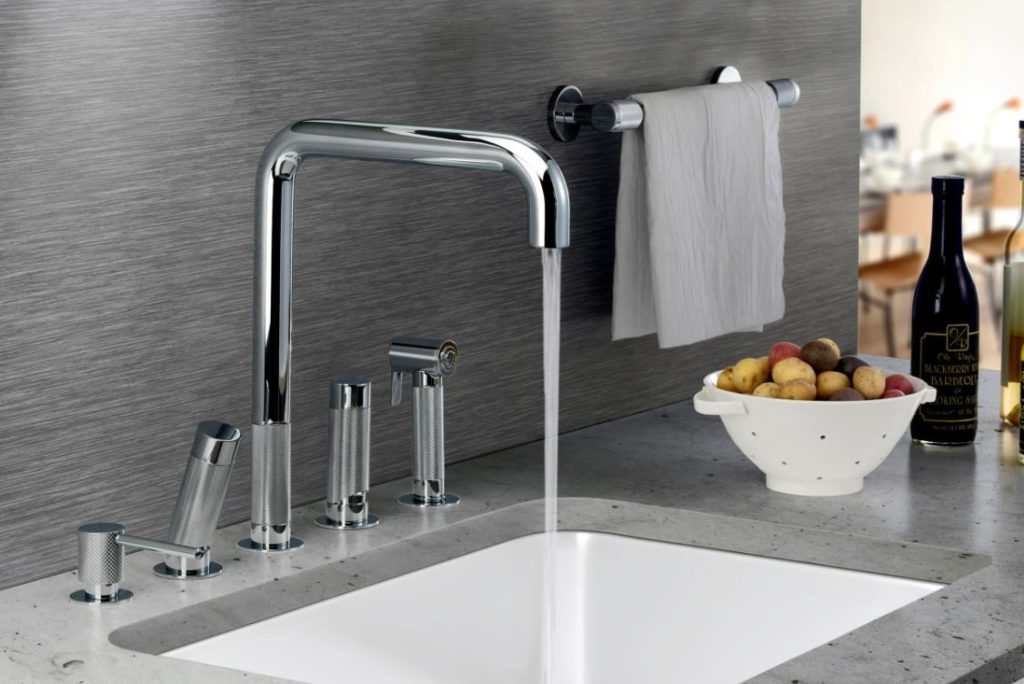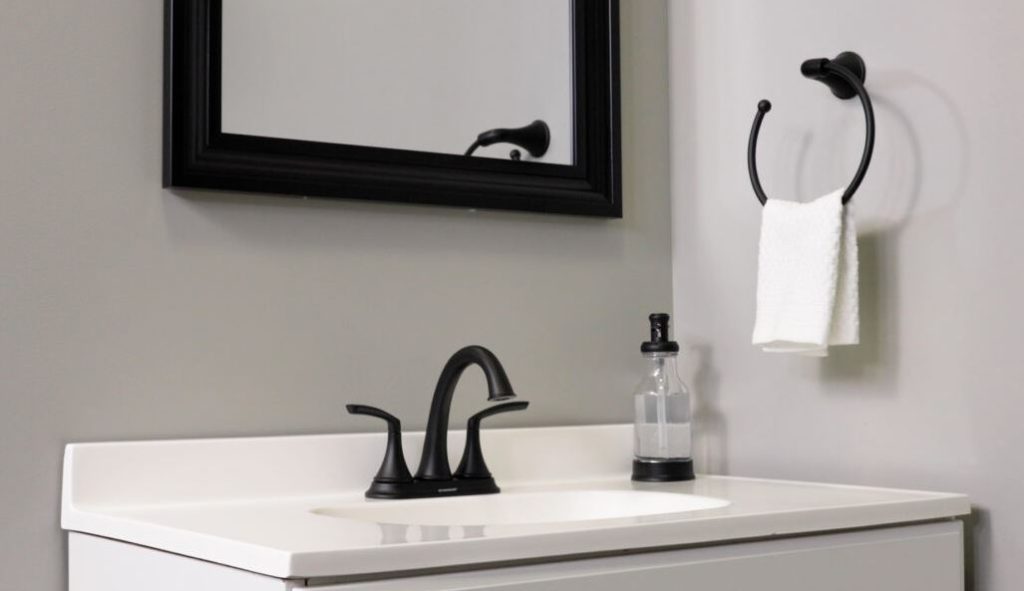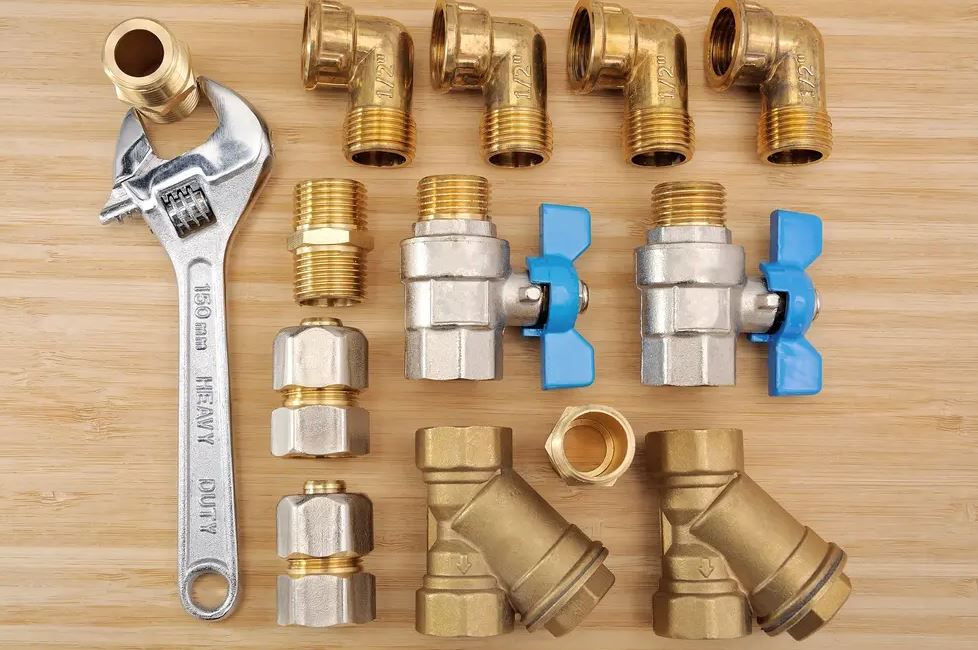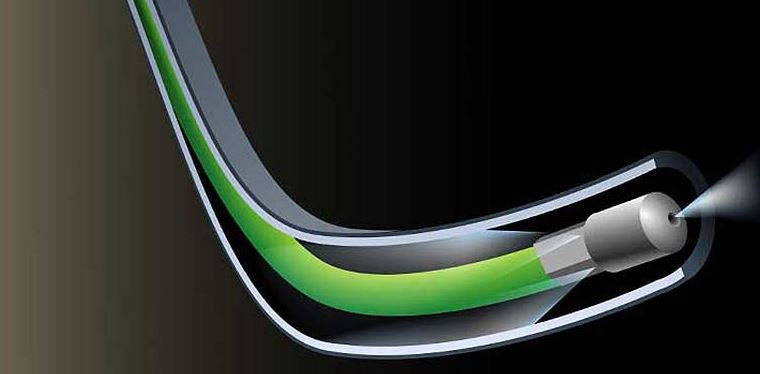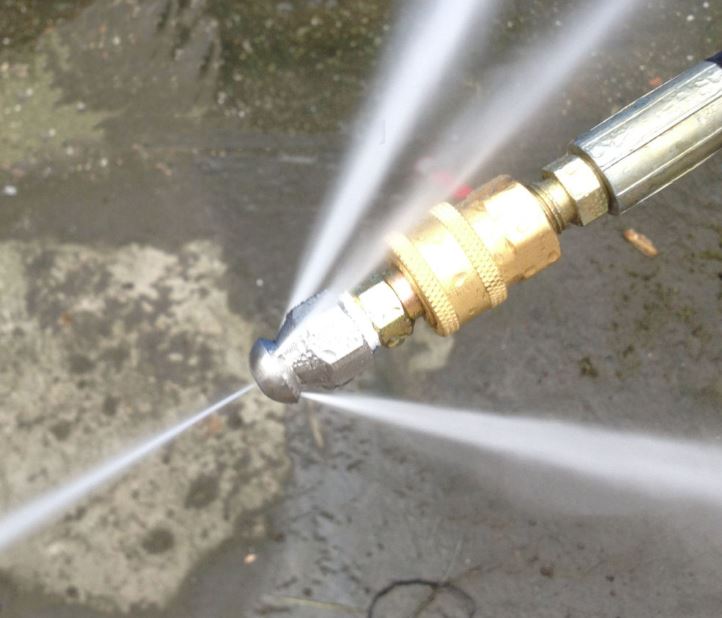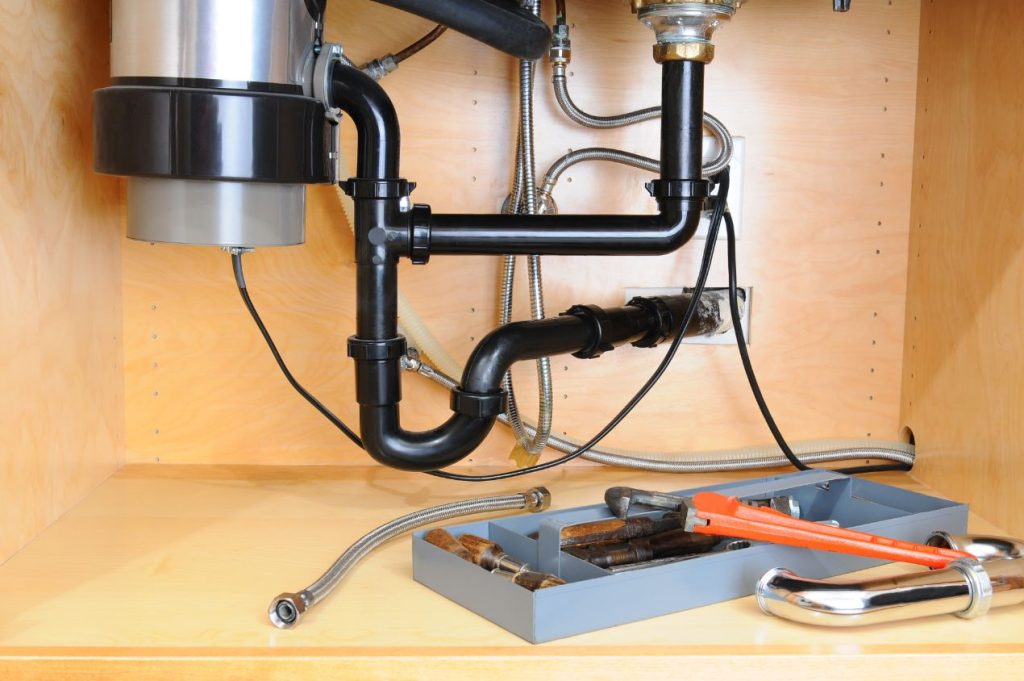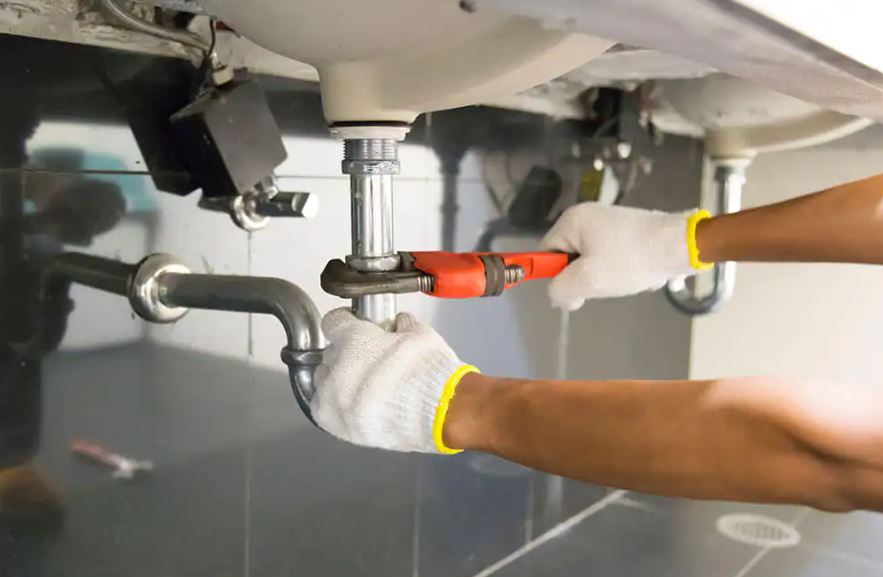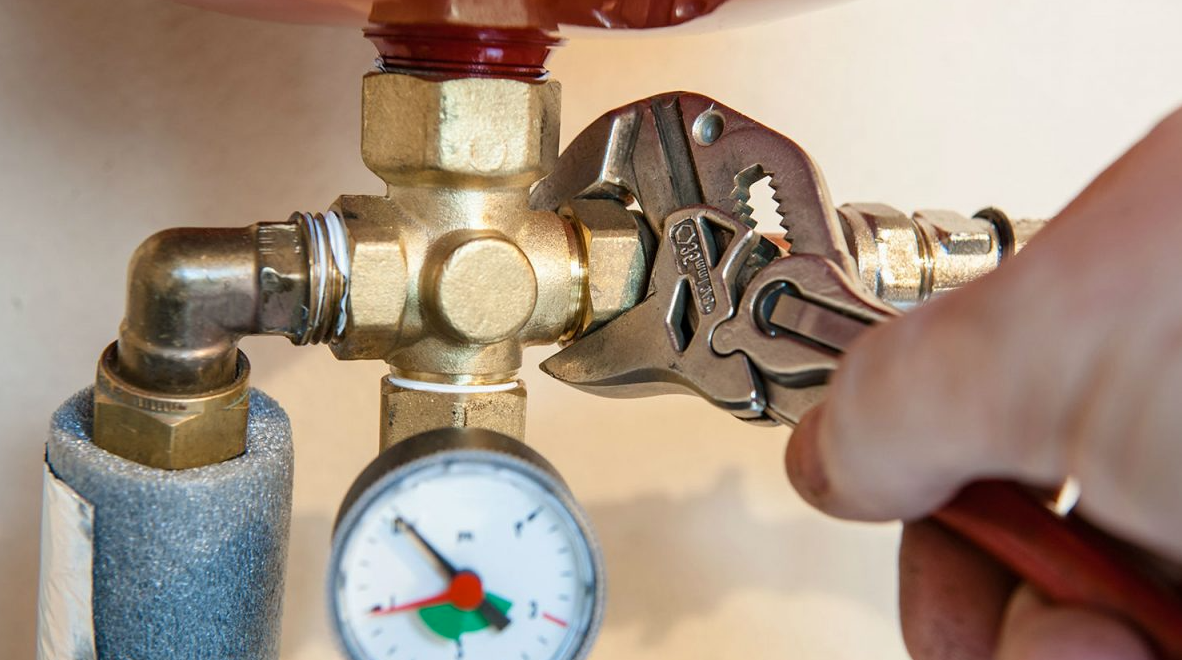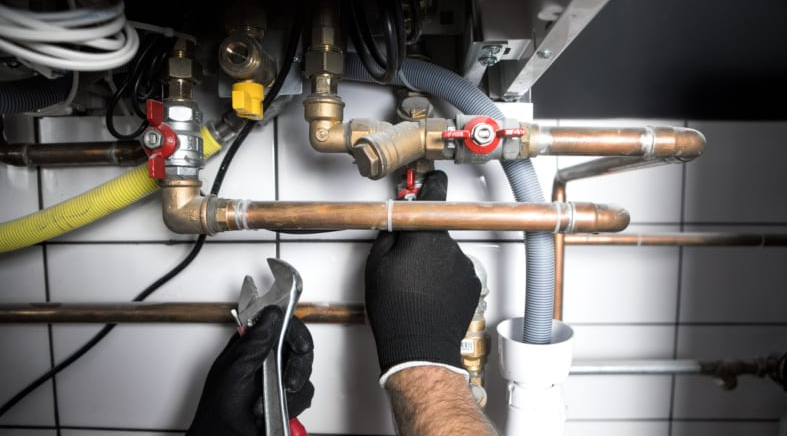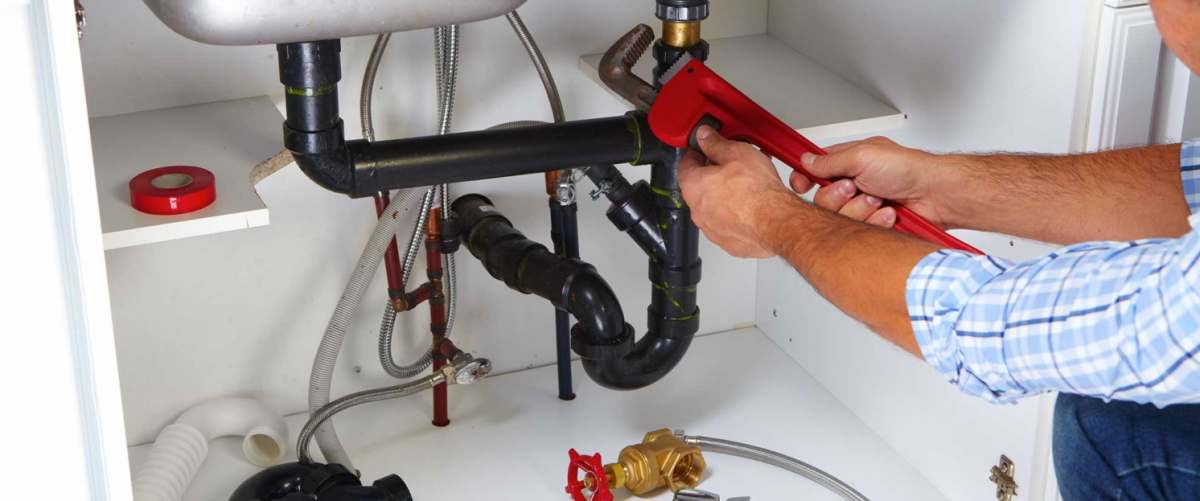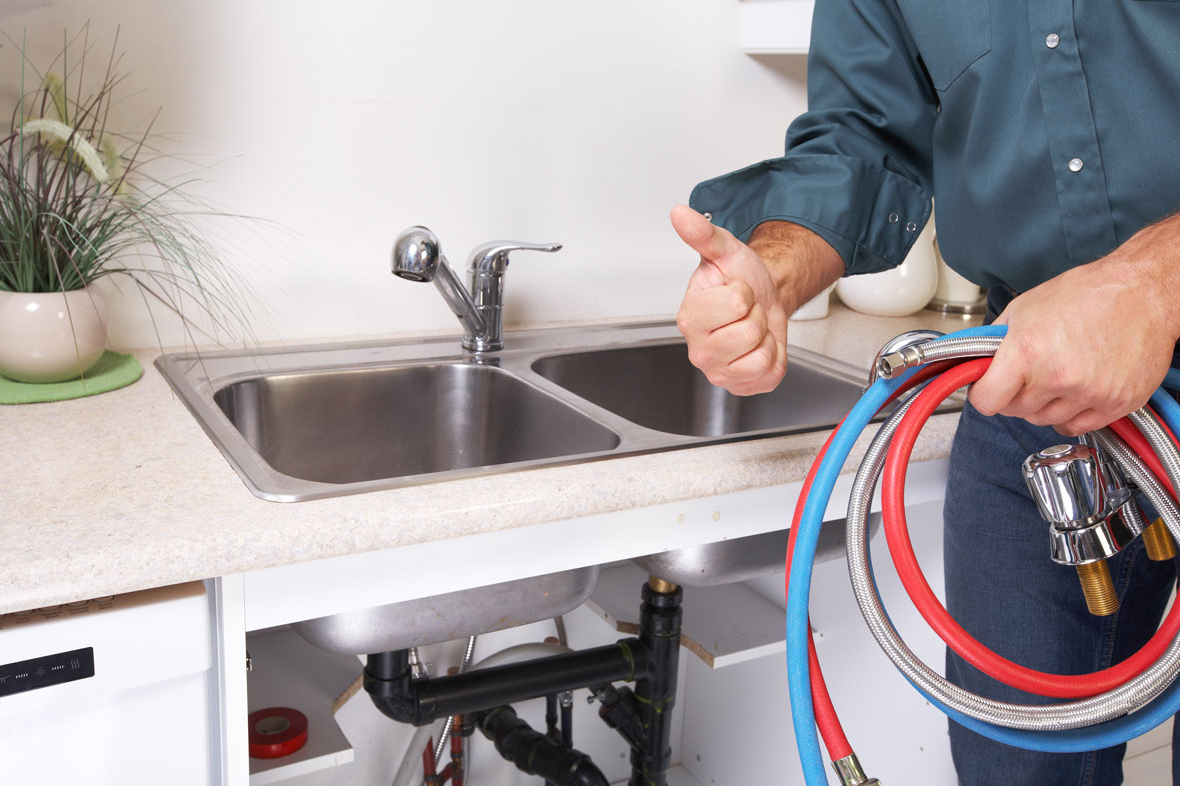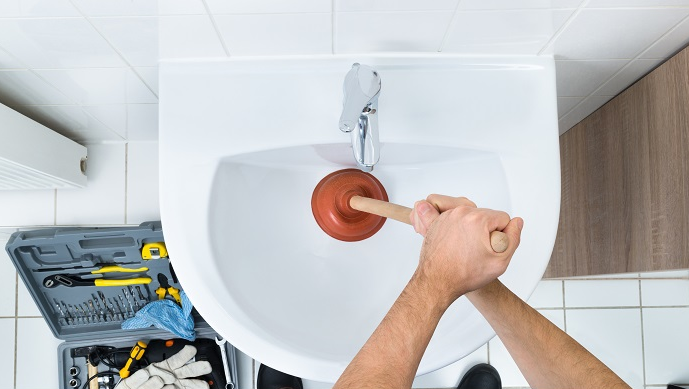Navigating the World of Bathroom Waterproofing
When it comes to bathroom renovations, one crucial aspect that often gets overlooked is waterproofing.
This comprehensive guide will explore bathroom waterproofing, why it is essential, and the various types of waterproofing methods available.
From liquid waterproofing membranes to sheet membrane waterproofing, we will discuss the pros and cons of each option.
We will provide tips on choosing the right waterproofing method for your bathroom and highlight common mistakes to avoid.
Whether considering a DIY approach or hiring a professional, this article covers you.
Stay tuned for valuable insights on maintenance and repair practices to keep your bathroom waterproofing in top condition.
What is Bathroom Waterproofing?
Bathroom waterproofing involves applying protective materials and techniques to prevent water from penetrating or damaging the structural elements of a bathroom, such as walls, floors, and fixtures. It involves creating a barrier that keeps moisture out, ensuring the bathroom’s longevity and durability.
Bathroom waterproofing is crucial in preventing mould, mildew, and water damage within the space by implementing proper moisture resistance. Sealants, grout, and waterproof membranes are essential to seal joints, tiles, and gaps, effectively blocking water infiltration.
Water seepage can lead to costly repairs, structural issues, and health hazards without adequate waterproofing measures. Therefore, ensuring the correct installation and regular maintenance of these protective elements is imperative to safeguarding the bathroom from leaks and maintaining its integrity over time.
Why is it Important?
Effective bathroom waterproofing is crucial to prevent water damage, mould growth, and structural issues caused by leaks and moisture exposure. It provides essential protection against dampness and ensures the longevity of bathroom fixtures and surfaces.
This protection is especially vital in areas prone to high humidity levels, such as bathrooms, where moisture can easily seep into walls, floors, and ceilings, leading to costly repairs and health concerns. Waterproofing not only safeguards the physical structure but also helps maintain indoor air quality by preventing mould and mildew formation. By investing in moisture-resistant materials and regular maintenance practices like resealing joints and grouting, homeowners can uphold the cleanliness and functionality of their bathrooms for years to come.
Types of Bathroom Waterproofing
Several types of bathroom waterproofing methods are available when renovating or constructing a bathroom. These include liquid waterproofing membrane, sheet membrane waterproofing, cementitious waterproofing, polyurethane waterproofing, and bituminous waterproofing.
Each method has its unique process of surface preparation. For liquid waterproofing membranes, it typically involve cleaning and priming the surface before applying multiple coats of the liquid membrane. Sheet membrane waterproofing requires careful measurement and cutting of the sheets to fit the bathroom layout. Cementitious waterproofing involves mixing a special waterproofing compound with water to form a paste-like consistency for application. Polyurethane waterproofing is known for its flexibility and durability, making it suitable for areas prone to movement. Bituminous waterproofing involves heating the bitumen and applying it to the prepared surface.
These methods seal the bathroom surfaces effectively and play a crucial role in preventing mould growth by creating a barrier against water penetration. Depending on the specific needs of a bathroom renovation project, one can choose and tailor the waterproofing method accordingly, ensuring long-term protection and durability.
Liquid Waterproofing Membrane
Liquid waterproofing membrane is a popular choice for bathroom waterproofing due to its ease of application and versatility. It uses a liquid coating that forms a seamless barrier against moisture, making it ideal for shower waterproofing and ensuring a watertight seal in various bathroom designs.
This method particularly protects areas prone to water exposure, such as shower walls and floors. Specialised tools like caulking guns and brushes are commonly used to apply the membrane evenly to ensure a thorough application. Once the liquid membrane has dried, waterproof sealants can be applied over seams and joints to provide additional reinforcement. This process enhances the bathroom’s aesthetics by creating a smooth, uniform surface. Also, it plays a crucial role in preventing water damage, mould growth, and structural issues in the long run.
Sheet Membrane Waterproofing
Sheet membrane waterproofing involves using pre-formed sheets of materials like PVC or bituminous compounds to create a waterproof barrier in bathrooms. This method provides durable protection against moisture and is known for its waterproof coating, ensuring long-term waterproofing efficacy.
The protective qualities of waterproof coatings applied through sheet membrane waterproofing safeguard the structural integrity of a bathroom and prevent water damage, mould growth, and costly repairs.
Technological advancements in this field have improved sheet membranes’ adhesion, flexibility, and durability, making this method even more efficient and cost-effective.
With easy installation and minimal maintenance requirements, sheet membrane waterproofing has become a preferred choice for waterproofing solutions in residential and commercial settings.
Cementitious Waterproofing
Cementitious waterproofing involves the application of cement-based mixtures to create a rigid, durable barrier against water infiltration in bathroom structures. It serves as an effective moisture barrier, preventing leakage and water seepage that can compromise the integrity of the construction.
This process is crucial in ensuring bathroom spaces’ long-term durability and functionality. Proper application techniques play a vital role in the success of cementitious waterproofing, as any errors or oversights during the application can lead to inefficiencies or failures. Professionals can achieve optimal results by meticulously following the manufacturer’s instructions and guidelines, ensuring a uniform and adequate thickness of the mixture, and paying attention to surface preparation. Regular maintenance and inspections post-application are essential to promptly identify and address any potential issues.
Polyurethane Waterproofing
Polyurethane waterproofing involves using polyurethane-based coatings or membranes to create a flexible and water-resistant bathroom seal. This method offers excellent waterproofing performance, making it a preferred choice for professional waterproofing projects, including bathroom renovation.
Its water-resistant properties ensure long-term protection against moisture damage, mould, and mildew growth, maintaining the bathroom’s structural integrity.
Many polyurethane waterproofing products come with guarantees, providing homeowners with peace of mind and added quality assurance. For optimal results, it is advisable to consult a professional waterproofing contractor who can assess the specific needs of the bathroom and apply the polyurethane coating effectively.
Remember to prepare the surface properly, apply the coating in multiple layers, and allow sufficient curing time for the best results.
Bituminous Waterproofing
Bituminous waterproofing relies on bitumen-based materials to create a durable and cost-effective waterproofing solution for bathrooms. It requires application expertise and is often carried out by specialised waterproofing companies or contractors to address common bathroom waterproofing problems at a reasonable cost.
Ensuring proper installation of bituminous waterproofing in bathrooms is crucial to prevent water leakage and moisture damage, which can lead to costly repairs down the line. Professional waterproofing experts are adept at assessing the unique needs of each bathroom space and applying the waterproofing materials with precision. While the initial costs of hiring a professional for bathroom waterproofing may seem higher, the long-term savings outweigh the expenses by preventing potential water-related issues and extending the lifespan of the bathroom infrastructure.
How to Choose the Right Waterproofing Method for Your Bathroom?
Selecting the appropriate waterproofing method for your bathroom involves considering various factors such as the type of surface, budget constraints, desired durability, and aesthetic preferences. It is essential to assess your bathroom’s specific requirements to determine the most suitable waterproofing solution.
You should also take into account the application specifications of each waterproofing method. Some treatments require extensive surface preparation, while others offer a quicker and easier application. Understanding the treatment options available, including liquid membrane systems, sheet membranes, and waterproofing paints, will help you make an informed decision.
Consider your bathroom’s environmental conditions, such as moisture levels and temperature variations, as they can impact the performance of different waterproofing treatments. You can find the ideal solution for your specific bathroom scenario by exploring these diverse waterproofing options.
What Factors to Consider?
When evaluating waterproofing methods for your bathroom, it is crucial to consider best practices, industry standards, existing dampness levels, and the compatibility of waterproofing systems with the bathroom’s design. These factors ensure optimal waterproofing performance and long-term protection against moisture-related issues.
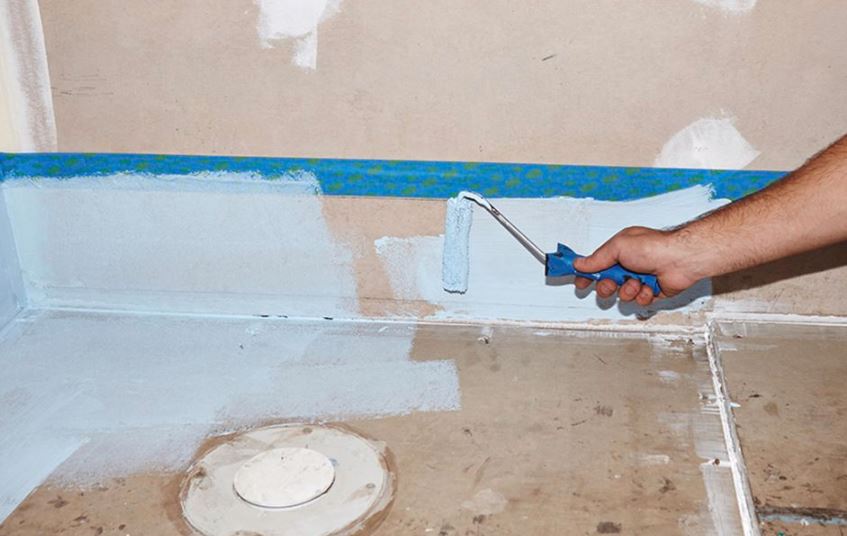
The size of the bathroom plays a significant role in determining the most suitable waterproofing method. Larger bathrooms may require more extensive waterproofing measures to effectively cover a greater surface area.
The choice of materials used in the waterproofing process can greatly impact the overall durability and effectiveness of the system. To achieve the best results, it is essential to select high-quality materials specifically designed for wet areas.
Integrating a comprehensive waterproofing system that addresses all potential areas of vulnerability, such as joints and corners, is essential for ensuring a watertight seal.
DIY vs. Hiring a Professional
Deciding between a DIY waterproofing approach and hiring a professional service for your bathroom entails weighing the benefits of cost savings and personal involvement against the expertise, precision, and industry knowledge waterproofing professionals offer. Factors like the severity of water leakage, the complexity of the project, and the availability of professional waterproofing services influence this decision.
Opting for a DIY waterproofing solution can be a viable choice for minor water leakage issues in small bathrooms or when budget constraints are a concern. DIY kits and materials are easily accessible and can provide temporary relief.
Enlisting the services of a professional waterproofing company becomes essential when dealing with extensive water damage, intricate layouts, or ensuring compliance with industry standards. Professional waterproofing experts offer specialised skills, use high-quality materials, and follow industry best practices, guaranteeing a lasting and watertight solution for your bathroom.
Pros and Cons of Each Option
Opting for DIY waterproofing allows homeowners to explore a range of waterproofing products and follow comprehensive guides or advice for effective bathroom waterproofing. Conversely, hiring a professional provides access to specialised knowledge, tailored solutions, and industry-grade products that may offer more robust and lasting waterproofing results.
DIY waterproofing can be cost-effective for those comfortable with hands-on projects and willing to invest time and effort into learning and executing the process. It also empowers homeowners with a more hands-on approach and a sense of accomplishment.
On the other hand, professional services ensure a high level of expertise, precision, and efficiency, particularly valuable for complex or large-scale projects. This can save time and reduce the risk of errors or oversights in waterproofing applications.
Common Waterproofing Mistakes to Avoid
Avoiding common bathroom waterproofing mistakes is essential to mitigate unnecessary costs, rework, and potential water damage. Key areas to focus on include selecting suitable waterproofing products, materials, and solutions that align with the bathroom’s requirements and design.
- When selecting products for bathroom waterproofing, it’s crucial to opt for materials specifically designed for wet environments. For instance, using waterproof membranes that are durable, flexible, and resistant to mould and mildew growth can significantly enhance the longevity of the waterproofing system.
- Attention to detail, like proper surface preparation, adequate coverage, and effective drainage solutions, can help prevent common leaks and seepage. Homeowners can ensure a successful bathroom waterproofing project by investing in quality products and adhering to best practices.
Maintenance and Repair of Bathroom Waterproofing
Regular maintenance and timely repairs are vital to sustain bathroom waterproofing systems’ effectiveness and prevent leaks and water seepage. Engaging professional waterproofing services ensures that maintenance tasks are performed with expertise and adherence to industry best practices, enhancing the longevity of the waterproofing solution.
Consistent maintenance safeguards against structural damage caused by water infiltration and preserve the bathroom’s aesthetics.
A proactive approach to maintenance includes periodic inspections to detect early signs of wear or damage before they escalate into major …
Read More